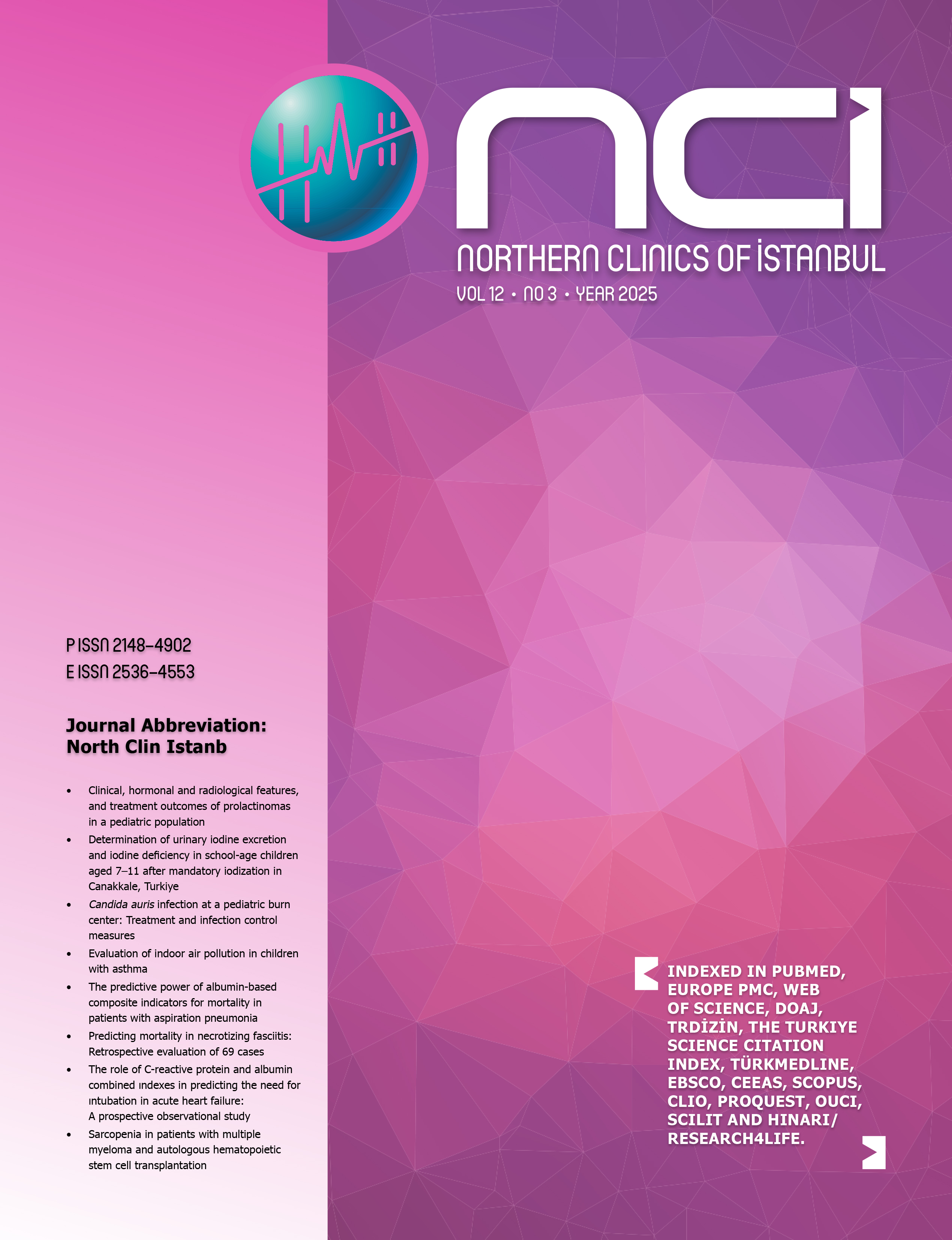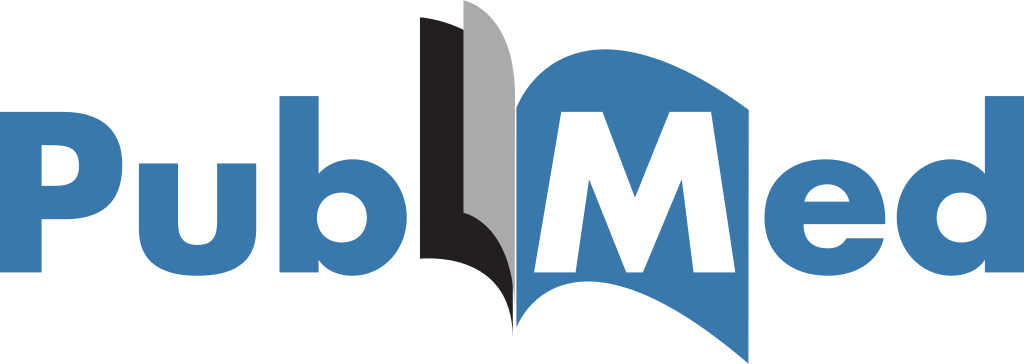Evaluation of conventional anorectal manometry and biofeedback therapy in adolescents with functional constipation
Neslihan Gulcin, Ali Ihsan Anadolulu, Meltem Caglar, Huseyin Murat Mutus, Cigdem Ulukaya DurakbasaDepartment of Pediatric Surgery, Istanbul Medeniyet University Faculty of Medicine, Goztepe Prof. Dr. Suleyman Yalcin City Hospital, Istanbul, TurkiyeOBJECTIVE: The aim was to evaluate the outcomes of conventional anorectal manometry (ARMM) testing and biofeedback therapy in adolescents with functional constipation.
METHODS: A retrospective analysis of ARMM findings in patients aged 1018 years with intractable constipation over a 4-year period was conducted.
RESULTS: Of the 41 patients (mean age, 13.5±2.44 years) included, 20 (48.7%) were male. Rectoanal inhibitory reflex (RAIR) was positive in all patients. Group 1 had 31 patients with dyssynergic defecation (DD) and Group 2 had 10 patients without DD. Anal canal resting pressure, squeeze test pressure, rectal defecation pressure, and first and urge sensation volumes were similar between the groups. Maximum tolerated volume and the relaxation percentage of RAIR were higher in Group 1 than in Group 2 (p<0.05). Among 31 patients referred for biofeedback therapy, 8 (25.6%) completed the program with complete resolution of their symptoms. The mean follow-up period for these patients was 21±14.7 months.
CONCLUSION: DD is relatively common in patients with psychosocial adjustment disorders, and it can be diagnosed via ARMM. Despite the low rate of adherence to the therapy in the presented series, biofeedback therapy was highly effective in resolving the symptoms including soiling.
Fonksiyonel kabızlığı olan ergenlerde konvansiyonel anorektal manometri ve biofeedback tedavisi sonuçlarının değerlendirilmesi
Neslihan Gulcin, Ali Ihsan Anadolulu, Meltem Caglar, Huseyin Murat Mutus, Cigdem Ulukaya Durakbasaİstanbul Medeniyet Üniversitesi Tıp Fakültesi, Göztepe Prof. Dr. Süleyman Yalçın Şehir Hastanesi, Çocuk Cerrahisi Kliniği, İstanbulAMAÇ: Fonksiyonel kabızlığı olan ergenlerde konvansiyonel anorektal manometri (ARMM) testi ve biofeedback tedavisinin sonuçlarını değerlendirmekti.
YÖNTEMLER: Dört yıllık bir süre boyunca inatçı kabızlığı olan 10-18 yaş arası hastalarda ARMM bulgularının retrospektif bir analizi yapıldı.
BULGULAR: Ortalama yaşı 13,5±2,44 olan 41 hasta vardı. 20'si (%48,7) erkekti. Tüm hastalarda rektoanal inhibitör refleks (RAİR) pozitifti. Grup 1'de dissinerjik dışkılama (DD) olan 31 hasta vardı ve Grup 2'de DD olmayan 10 hasta vardı. Anal kanal dinlenme basıncı, sıkıştırma testi basıncı, rektal defekasyon basıncı ve ilk ve dürtü hissi hacimleri gruplar arasında benzerdi. RAIR'in maksimum tolere edilen hacmi ve gevşeme yüzdesi Grup 1'de Grup 2'ye göre daha yüksekti (p<0.05). Biofeedback tedavisi alan 31 hastadan 8'i (%25,6) semptomları tamamen düzelerek programı tamamladı. Bu hastalar için ortalama takip süresi 21±14,7 aydı.
SONUÇ: Psikososyal uyum bozukluğu olan hastalarda daha sık görüldüğü bilinen DD, ARMM ile teşhis edilebilmektedir. Sunulan serilerde tedaviye uyum oranı düşük olmasına rağmen biofeedback tedavisi, kirlenme dahil semptomların giderilmesinde oldukça etkilidir. (NCI-2023-6-22)
Manuscript Language: English





















